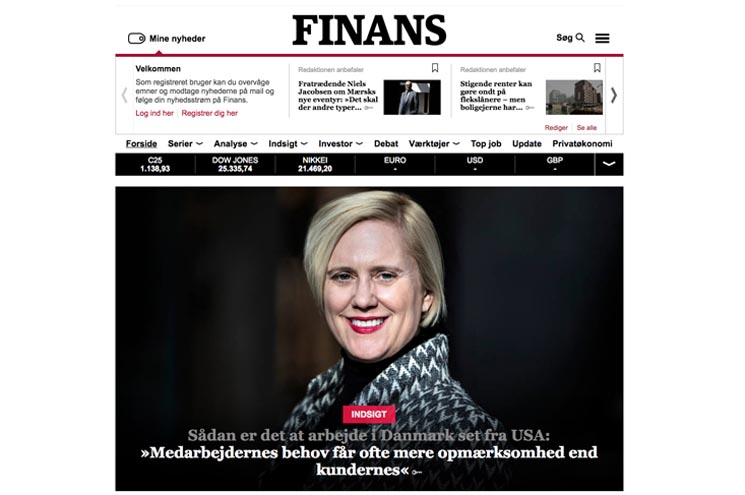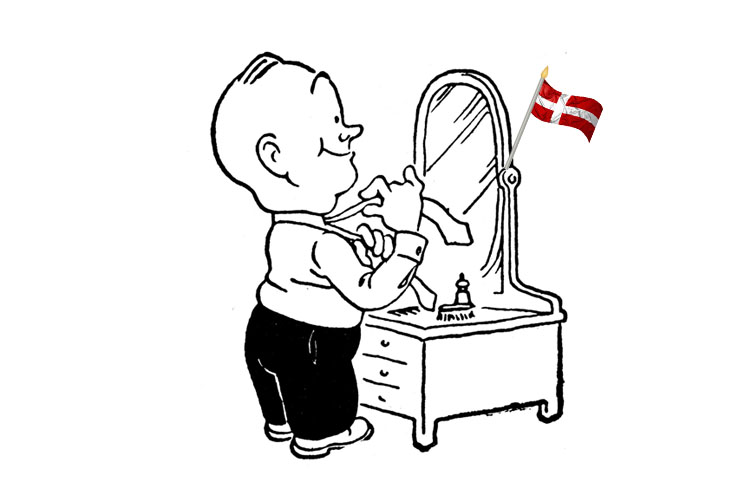In some countries, such as the US, “working sick” is a badge of honor. You are supposed to be so dedicated to your team or to the assignment that you come to work even if you have a bad cold or a slight fever.
In Denmark, the opposite is true. If you feel you’ve got the beginnings of something that could be contagious, particularly a stomach virus, you are considered a better team member if you stay home that day and care for your health. You are not expected to work from home or answer emails if you are ill.
It’s also considered OK to take a day or two off if you have a sick child at home, although in these cases you may be asked to participate in a phone meeting or some other work-related activity while your little darling sleeps.










